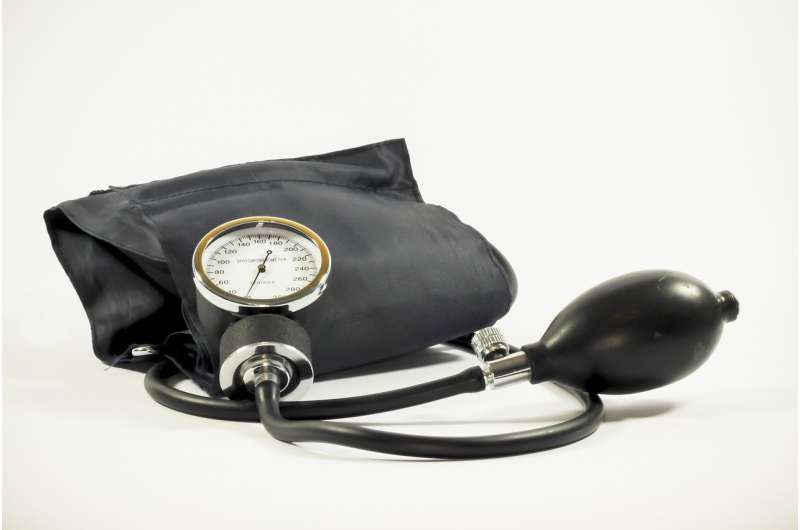Gas cooker exposure can lower blood pressure, study finds

The study, published recently in Circulation Research and led by a team from King's College London, has investigated how nitrogen dioxide can impact the cardiovascular system.
The study examined the blood chemistry and cardiovascular changes of 12 healthy volunteers. They sat next to a domestic gas cooker for ninety minutes followed by ninety minutes with normal background nitrogen levels. On another occasion, the volunteers were exposed to normal background nitrogen dioxide levels for three hours.
The period next to a gas cooker increased nitrogen dioxide levels in the air 10-fold and subsequently lowered blood pressure by 5 mm Hg from 45 minutes onwards. The study also found that blood levels of the substance nitrite increased by 15% after 15 minutes.
Previous studies have shown nitrite, which can be converted from dietary nitrate following the ingestion of green leafy vegetables and beetroot, can lower blood pressure. This study suggests nitrite can also be made when the body processes nitrogen dioxide and makes a link between previous research focusing on dietary nitrate and studies of inhalation of nitrogen dioxide for the first time.
Air pollution contributes to illness and death in the general population, but it is a complex mixture of airborne particles and gases, including nitrogen dioxide. Working out the individual effects of each is challenging and there has been a running debate about how to distinguish between the independent effects of nitrogen dioxide and respirable particles in the air.
While the evidence linking nitrogen dioxide to a worsening of symptoms in respiratory disease is well established, its short-term impact on the heart and circulation is less clear. Notably, people with domestic gas appliances or people working in kitchens with gas cookers may be exposed to higher levels of nitrogen dioxide, but with less particulate matter, than that found on the street.
This unique study helps to shed light on some of the rapid effects of nitrogen dioxide on the heart and circulation. Looking at previous air pollution studies, it had been unclear whether the nitrite in the blood came from nitrogen dioxide or from particulate matter causing inflammation and generation of nitric oxide, which is converted to nitrite. This study suggests that it is the nitrogen dioxide that causes nitrite to be formed in the blood.
Crucially, while this effect of short-term exposure to nitrogen dioxide in healthy volunteers may be beneficial, there are other studies of adverse effects of long-term exposure to nitrogen dioxide, and on adverse effects of short-term exposure in asthmatics.
Further research will confirm these findings in larger studies and examine the effects on a more varied cohort.
Dr. Andrew Webb, Clinical Senior Lecturer at King's College London, said: "High blood pressure is the biggest single contributor to deaths around the world. Therefore, if exposure to nitrogen dioxide from gas cookers contributes to lowering blood pressure, this could be beneficial per se, and in the context of general air pollution may partially offset the adverse cardiovascular effects of short-term exposures to elevated particulate matter concentrations.
"The mechanism by which nitrogen dioxide lowers blood pressure appears to be through linking into the same pathway as dietary nitrate (found in green leafy vegetables and beetroot): both result in an increase in blood nitrite levels. Therefore, it is not just what you eat, but how you cook it that matters."
More information: Christopher Nicholas Floyd et al. Acute Blood Pressure-Lowering Effects of Nitrogen Dioxide Exposure from Domestic Gas Cooking via Elevation of Plasma Nitrite Concentration in Healthy Individuals, Circulation Research (2020). DOI: 10.1161/CIRCRESAHA.120.316748





















